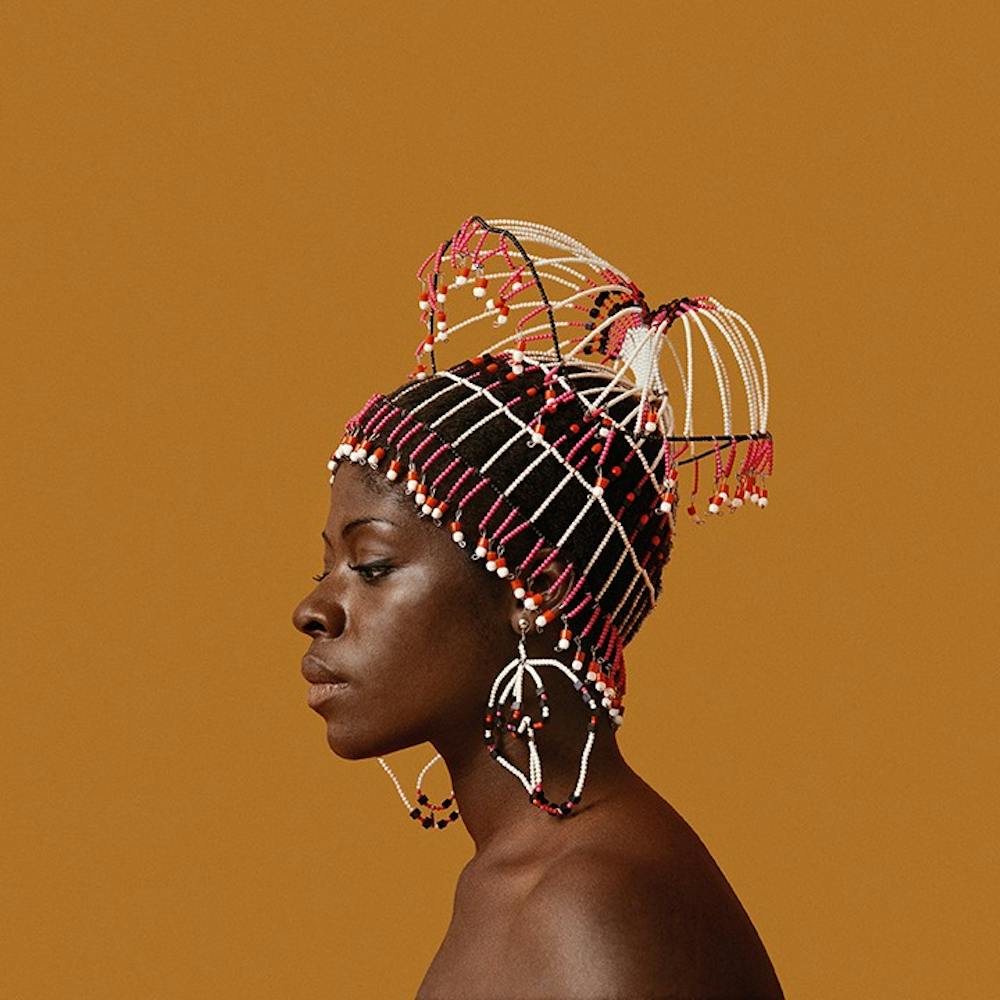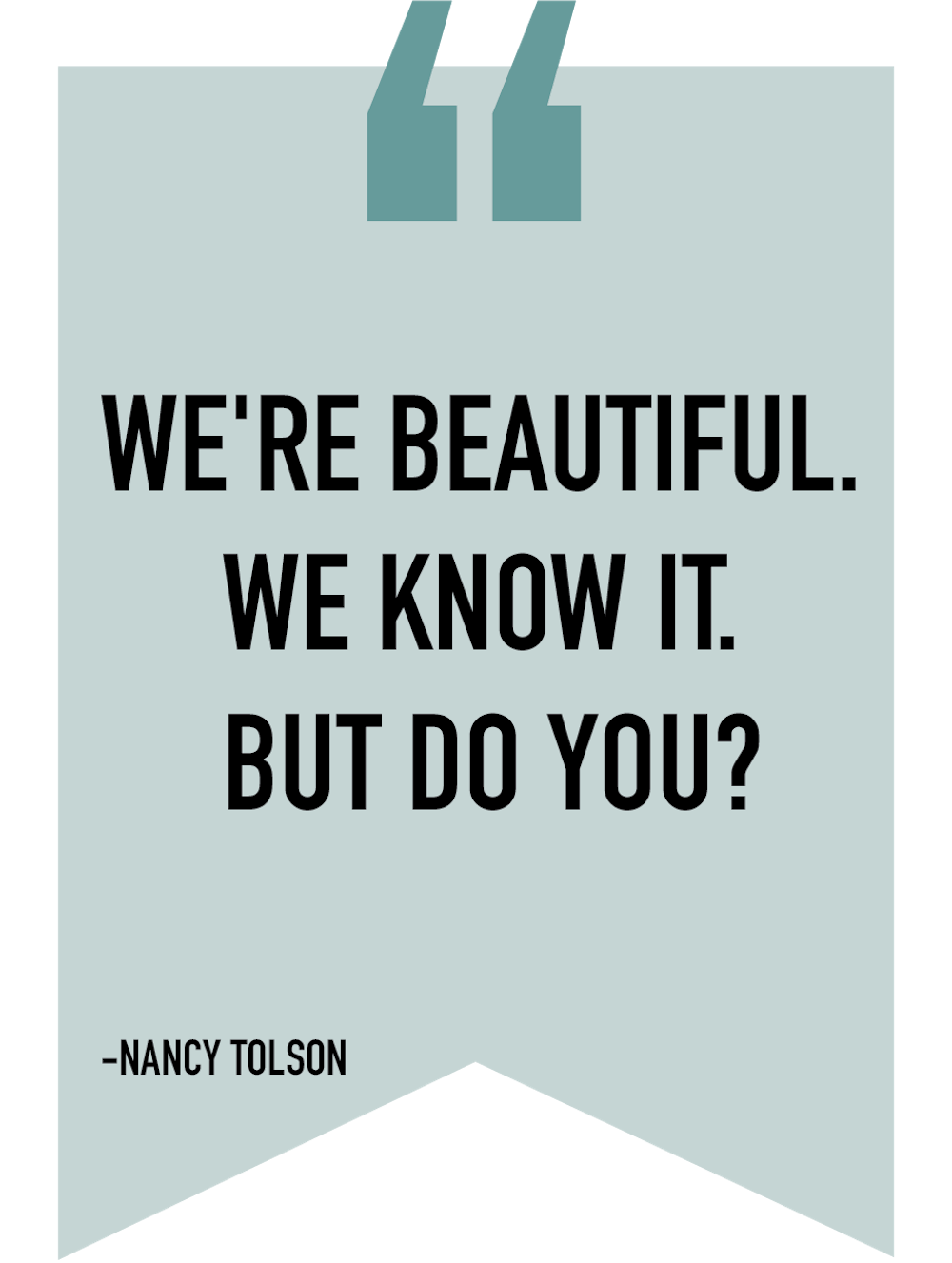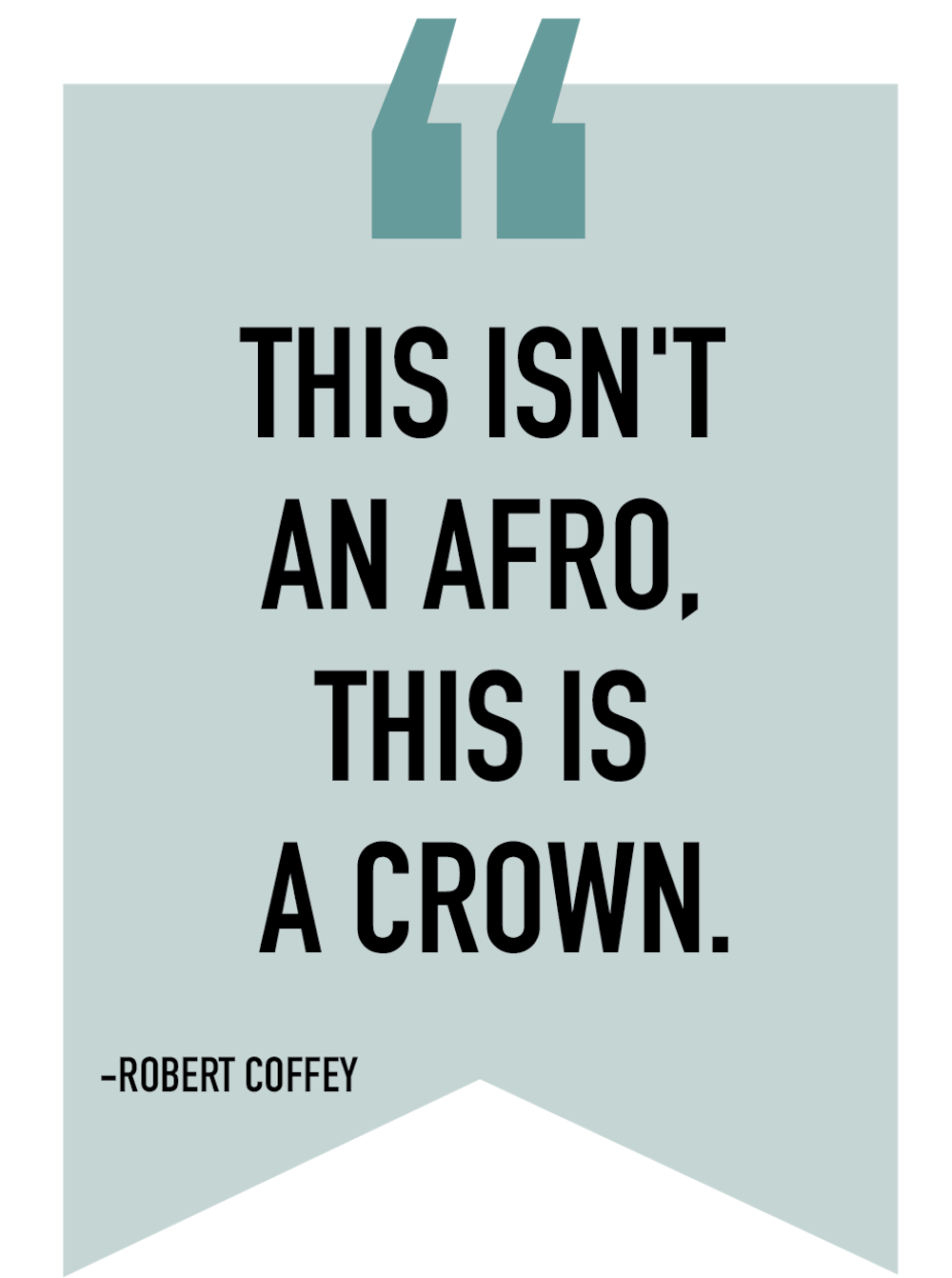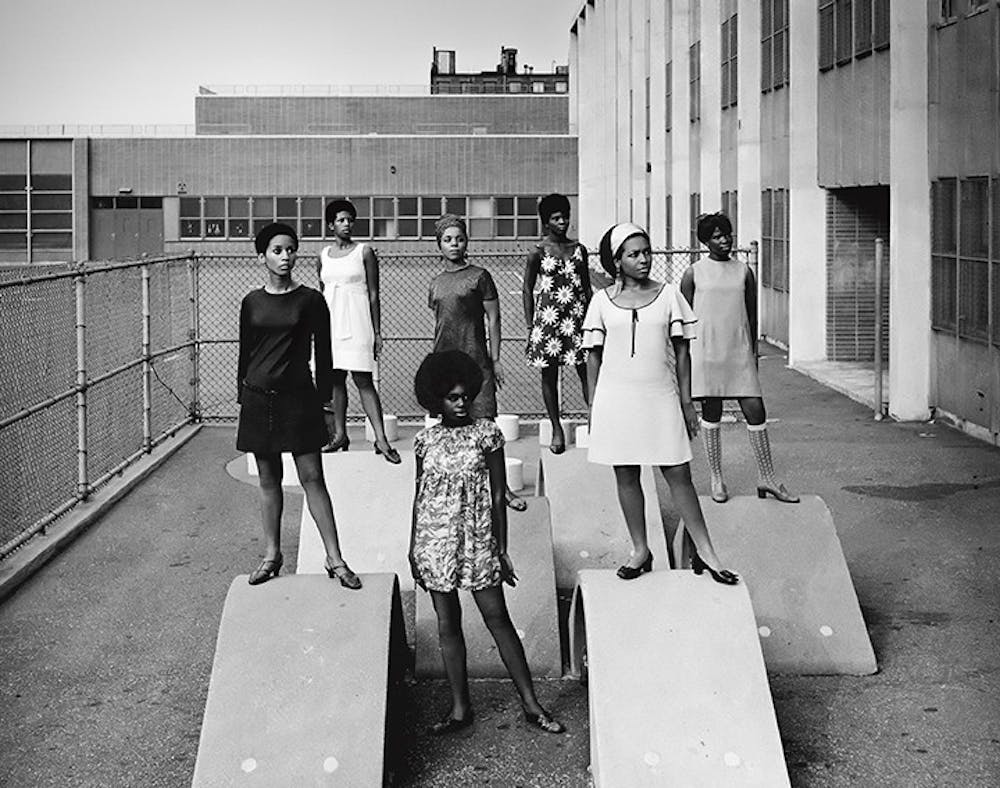"Black Is Beautiful: The Photography of Kwame Brathwaite" puts natural elegance and self love on display at the Columbia Museum of Art. The late 1950s and the 1960s are seen through Braithwaite's lens, using what Columbia photographer Robert Coffey said are "cutting-edge" concepts to represent activism and an art story.
Catherine Walworth, the exhibition curator, said the exhibition is about "loving yourself the way that you are and stepping outside of the dominant beauty narrative of the time."
With the Grandassa models and the influences of Marcus Garvey's philosophies, Brathwaite's photography became a movement. In turn, this collection brings a new perspective for accepting who you are despite social norms.
According to Nancy Tolson, assistant director of African American studies at USC, the Grandassa models believed in all-natural beauty, a contrast to "the derogatory image of, 'You must look white in order to be accepted.'"
Tolson said disguising Black beauty was not an option; putting it on a pedestal was a defense mechanism.
“And that reflected a time of, you know, we can do for ourselves, we can look like ourselves, and we don't have to be pretentious or be forced into an establishment of saying we must look close enough to white to be accepted,” Tolson said. “And so that was the beauty of that era.”
According to Walworth, the models "were a neighborhood-based troupe" on a mission to embody natural beauty and present it as "self love."
The Grandassa models did just so, and with Brathwaite's technique, the status quo of Black beauty was challenged.

“Black is beautiful, and we come in different shades, we come in different sizes, we come in different looks and styles, but we’re still beautiful,” Tolson said. “To assure that and to confirm it — [Brathwaite] took pictures to prove it.”
Given the historical context of the time, Brathwaite used his craft with the intention to represent his lifestyle positively. This was a Black family matter founded by college-age people, beginning shortly after Brathwaite graduated high school.
“Think about the time period that he lived in. Also, think about what he was trying to do successfully. What was he fighting against?” Coffey said. “What was he trying to convey? But also, what are you trying to convey in your life?”
About 60 years later, the photos still feel like "the pulse of the movement," according to Coffey.
Coffey said a reflective opportunity is introduced when the audience is asked to challenge how it can relate and "have the courage" to challenge the things that are systematic in nature. The exhibition itself demonstrates the ability to do so.
"So, reflectively, we have to say, and everyone needs to see, Black is beautiful, to know we're humane, we're people, we're just like you," Tolson said. "This is what this entire exhibit says."

"We're beautiful. We know it. But do you?"
According to Walworth, it "feels like a group of friends setting out to do something" with "this lovely collective spirit."
Coffey said "the choice of color versus black and white" photography was a key decision that allows these portraits to resonate differently. Influences such as Garvey prompted the use of saturated color to promote pride in aesthetics through activism, Tolson said. "Intentional" techniques such as this can provoke honest eyes captivated by natural color and Black aesthetics, Coffey said.
"There's nothing like being in a physical space with art, right? It's different than flipping through a book," Walworth said. "You get the scale and the color, and it washes over you."
Walworth said the phrase "Black is beautiful" turned into a movement that advocated for "describing yourself the way you want to be described" and taking your own narrative back and "fusing it with all of this dynamic messaging."
"You're wearing a flag of your intentions and your values and pleasing society," Walworth said, referring to the lens of fashion.
Brathwaite's art-driven story uses performance, clothing, jewelry, photography and graphic design to showcase his community's love of self and represent values natural to one's culture, Walworth said.

"This isn't an afro, this is a crown."
When all you see is the model against a plain background, the photo's choice of contrast and reimagination artistically leaves no room to deny the beauty of blackness, Coffey said.
“I think, given the context that we live in now, it's even more important, and I think people are even more aware about blackness and the perception of blackness, perception of beauty, perception of fashion, the perception of where it all of this comes from," Coffey said.
Tolson said open mindedness to natural beauty is "growth."
"Grow to know these people weren't hating on you. These people were loving themselves. This isn't about you," she said. "['Black is beautiful'] is a way of life and a mentality."
Tolson said letting "the intensity" and "magic" of a photograph take over is the best way to tell the story.
“Shed all your biases, shed all of your racism, your misogynist ways, your biases to thinking what is and what isn't,” Tolson said.
Visit the Columbia Museum of Art to see "Black Is Beautiful" on or before August 26. Tickets can be purchased in advance online and cost $5 for students, $8 for seniors and $10 for adults.
The exhibition is organized by Aperture, New York and Kwame S. Brathwaite.

